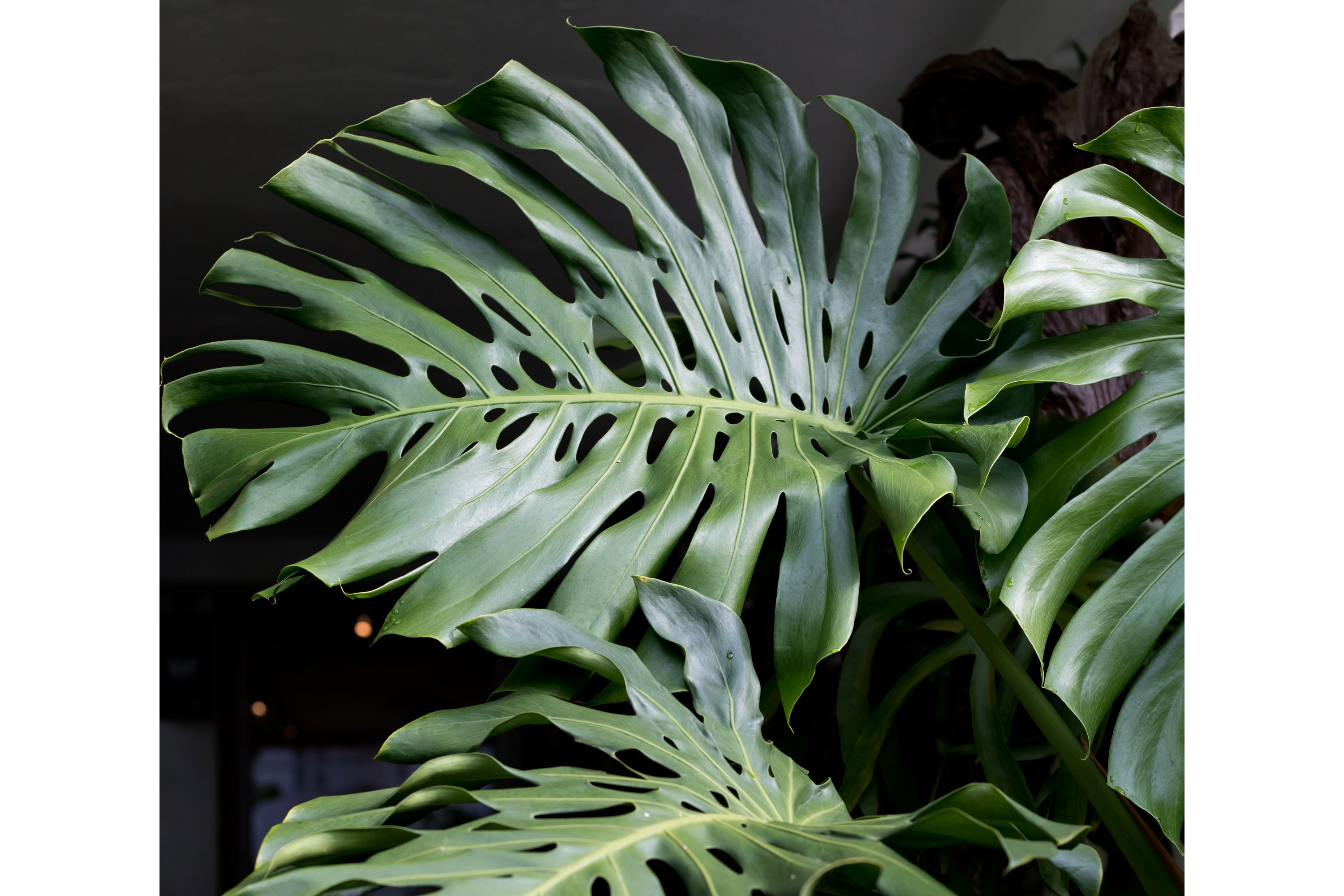Swiss cheese plant
(Monstera deliciosa)

Description
Monstera deliciosa, also known as the Swiss cheese plant, is a popular tropical plant that is widely grown as a houseplant. It is a member of the Araceae family, which includes other well-known houseplants such as the peace lily and the philodendron. In this article, we will explore the various aspects of this fascinating plant, including its physical characteristics, its native habitat, its cultivation requirements, and its potential health benefits. Physical Characteristics Monstera deliciosa is a large, fast-growing plant that can reach up to 10 feet in height in its natural environment. Its leaves are large and heart-shaped, with deep notches and holes that give them a distinctive appearance. These holes, which are known as fenestrations, serve a functional purpose, allowing the plant to capture more sunlight and rainwater in its native environment. The leaves are typically a rich, dark green color, and they can grow up to 3 feet in length. Native Habitat Monstera deliciosa is native to the tropical rainforests of Central and South America. It is found in countries such as Mexico, Panama, Colombia, and Brazil. In its native habitat, the plant grows as a vine, climbing up the trunks of trees and attaching itself with aerial roots. This allows the plant to access more sunlight in the canopy of the rainforest, where competition for resources is fierce. Cultivation Requirements While Monstera deliciosa is a tropical plant, it can be grown indoors in a variety of climates. The plant prefers bright, indirect sunlight, and it should be placed near a window with filtered light. Direct sunlight can scorch the leaves, so it is important to avoid placing the plant in direct sunlight. The plant also prefers warm, humid conditions, and it should be kept away from drafts and cold temperatures. Monstera deliciosa requires well-draining soil that is rich in organic matter. The plant should be watered when the soil is dry to the touch, but it should not be overwatered. Overwatering can lead to root rot and other problems. The plant can also benefit from regular fertilization during the growing season. Potential Health Benefits In addition to its ornamental value, Monstera deliciosa may offer some health benefits as well. The plant is believed to have air-purifying properties, helping to remove toxins from the air and improve indoor air quality. It is also thought to have anti-inflammatory and antioxidant properties, making it a potential natural remedy for a variety of health issues. Conclusion Monstera deliciosa is a fascinating and beautiful plant that has become a popular houseplant around the world. With its large, distinctive leaves and its tropical origins, it is sure to make a striking addition to any indoor space. By providing the plant with the right growing conditions, you can enjoy its beauty and potentially benefit from its health-promoting properties.
Taxonomic tree:







